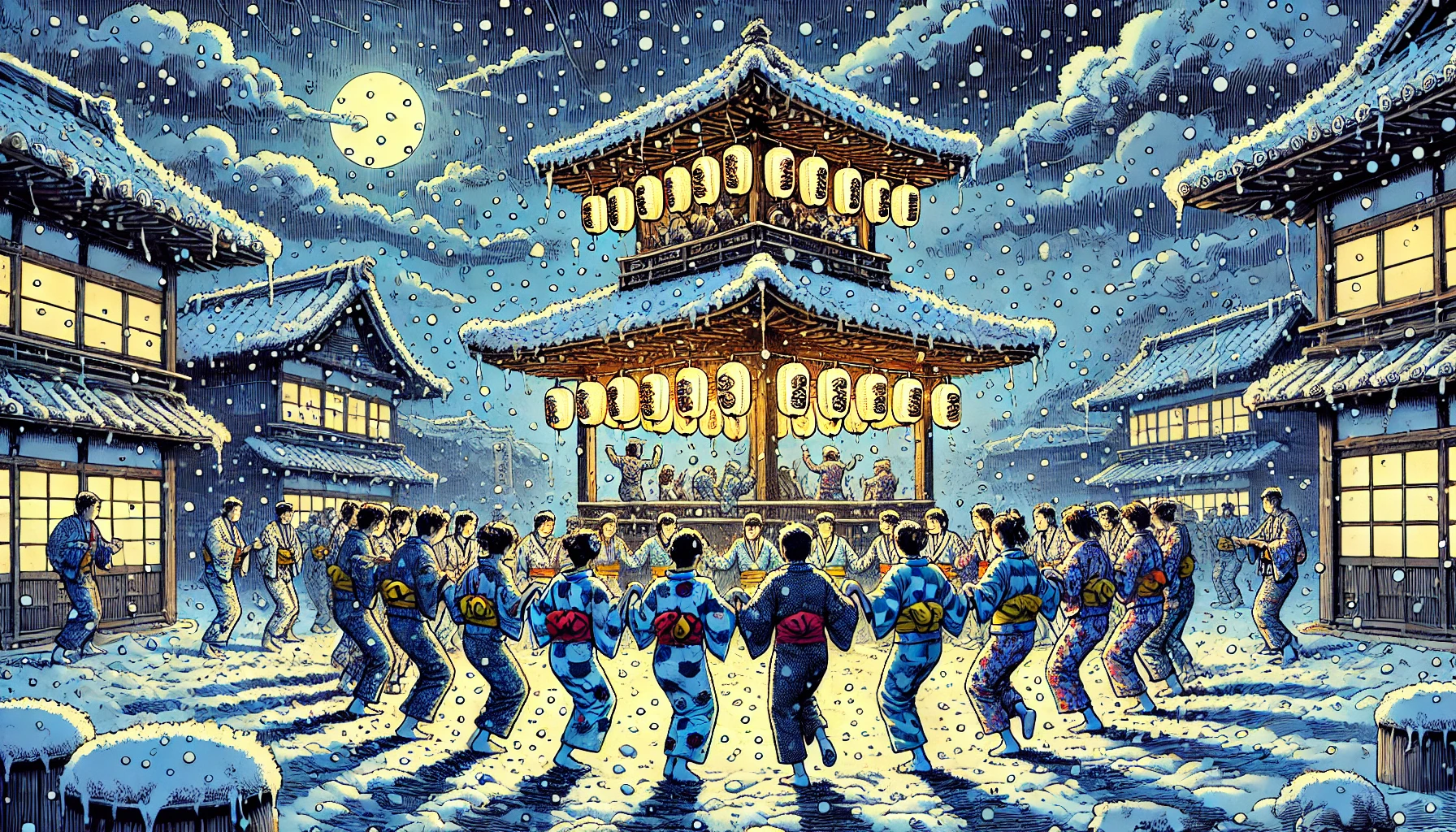
In Japan, summer was once a season filled with vibrant festivals, fireworks, and outdoor gatherings. But in recent years, the summer heat has become dangerously intense. With daily temperatures soaring past 35°C (95°F), more and more event organizers are rethinking their traditional calendars. Instead of braving the sweltering heat, many are opting to move events to spring or autumn—when the weather is more forgiving.
Let’s explore why this shift is happening, which events have been affected, and what the broader implications are for Japan’s seasonal economy.
🔄 The Shift Away from Summer
In 2024 and 2025, record-breaking heatwaves across Japan led to a noticeable trend: large-scale events that were typically held in mid-summer started moving to earlier or later in the year. Here’s a look at the types of events making the move:
- Local festivals (matsuri) in Tokyo, Aichi, and Fukuoka were rescheduled to May or October.
- Outdoor concerts in places like Yoyogi Park and Osaka Castle Park shifted to the first weeks of June or late September.
- Traditional Bon Odori dances in some towns were either moved indoors or held in cooler months.
- Sports tournaments—especially youth soccer and baseball matches—are increasingly held in spring or fall to protect players from heatstroke.
This trend is becoming common even in smaller towns and rural areas where volunteer staff or elderly organizers are particularly vulnerable to heat-related illnesses.
☀️ Why the Change? Heatstroke Isn’t Just a Risk—It’s a Liability
Between July and August 2023, Japan saw over 90,000 ambulance calls related to heatstroke. For event organizers, this created not only health concerns but also financial and legal risks.
By shifting events to cooler months, organizers are:
- Reducing the chance of medical emergencies
- Lowering the cost of emergency preparedness (ambulances, cooling stations, hydration supplies)
- Creating a safer environment for families, elderly participants, and tourists
With climate models projecting even hotter summers in the 2030s, this shift is likely to accelerate.
📉 The Economic Fallout: Less Summer Spending?
While the shift benefits public health, it also presents economic trade-offs.
Negative impacts:
- Tourist spending declines in summer, particularly in rural areas where summer festivals once attracted large crowds.
- Vendors and food stall operators lose their busiest season.
- Hotels and transport sectors see flatter demand during what was once peak season.
Possible benefits:
- Even distribution of tourism throughout the year can reduce overcrowding in summer and boost off-season activity.
- Better working conditions for staff and performers lead to higher satisfaction and sustainability.
- Event diversity may increase, with some organizers offering smaller-scale, multiple seasonal versions instead of one major summer event.
In the long run, spreading out events across the calendar could make Japan’s tourism economy more resilient.
🌸 A New Seasonal Culture?
This shift could reshape Japan’s cultural rhythm. Spring and autumn, already famous for cherry blossoms and foliage, may evolve into the country’s new peak festival seasons. Meanwhile, summer may become more focused on indoor events, virtual participation, or cooling-themed experiences like nighttime illuminations and river-based activities.
🧊 Final Thoughts
As climate change continues to reshape daily life, Japan’s seasonal traditions are adapting in real time. Moving summer events to cooler months isn’t just a trend—it’s becoming a necessity. While the economic impact is still being measured, the emphasis on safety, sustainability, and comfort reflects a modern rethinking of tradition.
If you’re planning a trip to Japan or organizing a seasonal event, keep an eye on these changing schedules. The festival you’re looking forward to might now bloom alongside the cherry blossoms—or beneath the autumn leaves.



















































